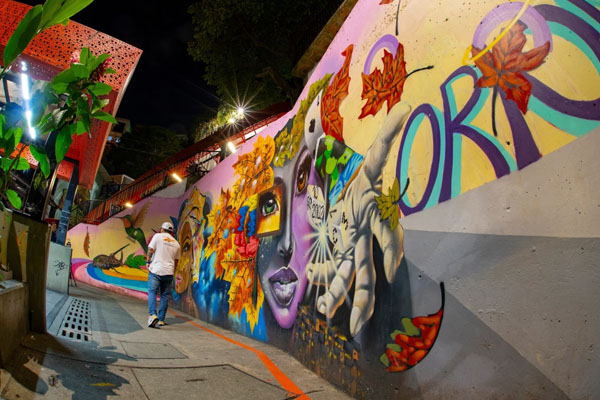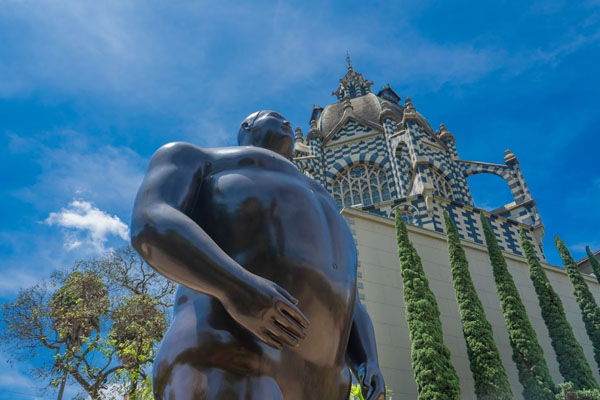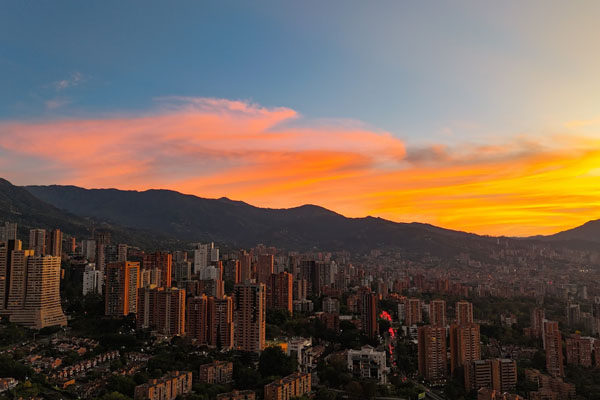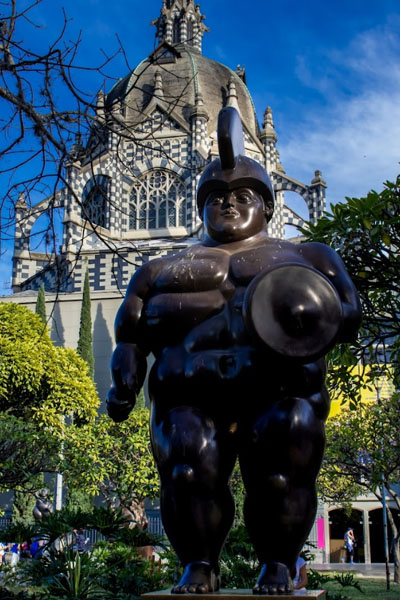Medellín: The Transformation of a City, a Model for Technology and Sustainability
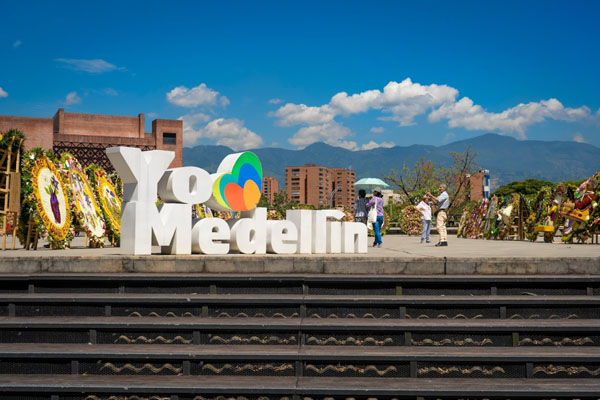
With an efficient transportation system, a commitment to technology, and unique natural landscapes, the capital of Antioquia merges modernity and nature in an experience that captivates both locals and visitors.
Medellín, the capital of Antioquia, affectionately known as the “Silver Cup” or the “City of Eternal Spring,” as many still call it, has evolved monumentally in recent decades, becoming a reference both nationally and internationally. The city is recognized for its history of urban and social transformation and its extraordinary capacity for innovation, positioning it as one of the most advanced capitals in Latin America.
To truly understand this city, which covers 377 square kilometers and is home to over two and a half million inhabitants, you must explore it in parts, beginning with the transformation that earned worldwide admiration. Starting in the 1990s, when it began recovering from years of intense violence, the focus on technology and sustainability became the key to its resurgence. As María Carolina Padilla, country manager at Civitatis, explains: “Medellín has positioned itself as one of the leading cities in technology and innovation in Latin America, and this development has boosted tourism,” an industry that has flourished in parallel with technological advancements and urban development.
One of the first signs of this change was the creation of the integrated public transportation system, considered one of the best on the continent. The metro, Metrocable, and streetcar not only connect residents efficiently but also reflect a commitment to sustainable development.
However, innovation in Medellín goes beyond transportation. Over the years, it has consolidated itself as a leader in innovation, transforming into Colombia’s first District of Science, Technology, and Innovation, earning the title of “Latin American Capital of the Fourth Industrial Revolution.” The city has garnered international recognition for projects like Ruta N Innovation and Business Center, which fosters technological and business development. In 2013, Medellín was named the world’s most innovative city by the Wall Street Journal and, in 2021, was recognized as the country’s most modern city by the National Planning Department (DNP), surpassing other capitals due to its competitiveness, science and technology indicators, and focus on environmental sustainability, embodied in the concept of an “Eco-city.”
However, it is not just these accolades that make it an attractive destination. Surrounded by mountains and enjoying pleasant weather all year round, the city is known for its stunning natural beauty. From urban parks that combine greenery of plants and trees with modern urban spaces to the rural landscapes surrounding the city, Medellín offers a unique connection between technology and nature that captivates everyone.
Additionally, locals have adapted to the new dynamics of the city and have embraced tourism, offering tours that show the best of both worlds. For example, a visit to Parque Arví, located just minutes from downtown via Metrocable, offers the possibility to disconnect from the urban noise and immerse themselves in the tranquility of nature. “It is amazing how you can be in the heart of the city and, in just minutes, find yourself surrounded by nature. It is a unique experience and part of what makes Medellín so special,” says José María Plaza, a Spanish writer who frequently visits this part of the world.
While the natural surroundings of the urban area are a draw, Medellín’s geographic location makes it even more appealing, which serves as a starting point to explore the natural wonders of the entire department. Nearby destinations like Guatapé and its famous rock, or Santa Fe de Antioquia, a colonial town full of history. Not to mention, throughout the year, Medellín offers a wide variety of museums, theaters, and art galleries and hosts significant events like the Feria de las Flores (flower fair), the Fiesta del Libro y la Cultura (Book and Culture Festival), and the Altavoz Festival, each celebrating the biodiversity and natural wealth of the region, the Colombian literature, and Latin American rock music, respectively.
It is important to note that all these events and cultural spaces are part of a sustainable tourism strategy. The city has implemented various policies to ensure that its tourism growth does not compromise natural resources or the well-being of its inhabitants. The creation of spaces like the Botanical Garden, which has become a green oasis and hosts the Fiesta del Libro y la Cultura, is a clear example of how sustainability has been integrated into urban planning.
Looking to the future, Medellín continues to be a benchmark in innovation and natural beauty. The city remains committed to advancing projects that integrate technology with nature and promote responsible and sustainable tourism. According to experts, it is on the radar of tourists for its beauty and for being an example of how a city can transform its history to become a global benchmark. “Medellín has shown that it is not just a tourist destination because of its past, but also for its present and future. The combination of innovation, world-class transportation, and respect for natural beauty has placed it in the top 10 most-booked destinations in Latin America,” concludes María Carolina.
